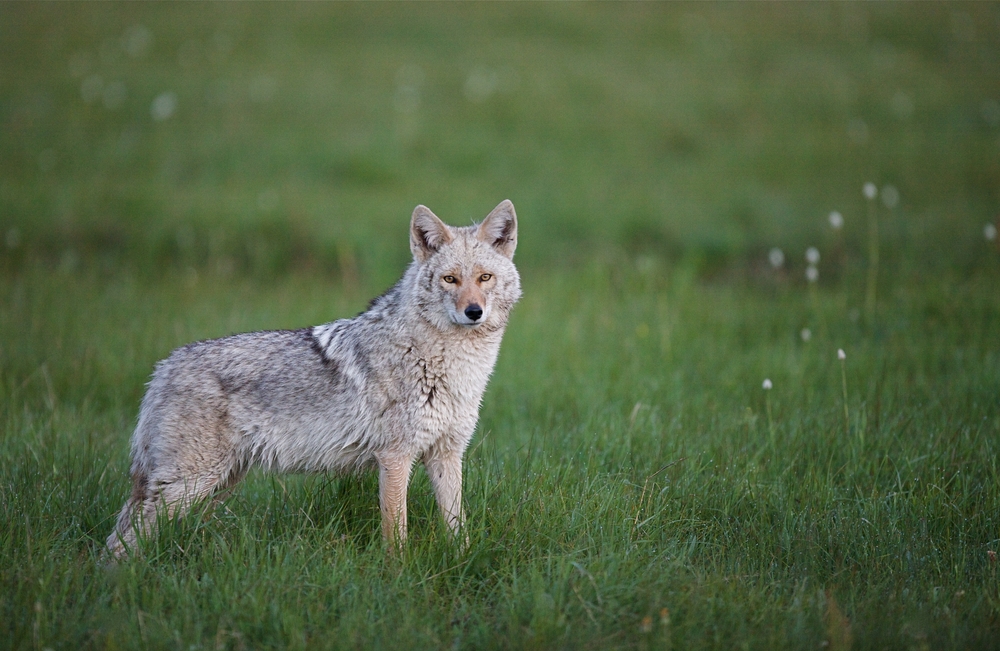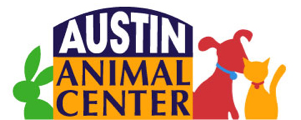

AAC’s Animal Protection unit has two wildlife officers dedicated to minimizing human-wildlife conflict. Here are five things they want you to know.
The City of Austin has a lot of greenspace and dense habitat that supports coyotes and other native wildlife. As Austin continues to grow, there are increased interactions with all kinds of wildlife – including coyotes.
Austin Animal Center’s Animal Protection unit has two wildlife officers dedicated to minimizing human-wildlife conflict.
Here are five things the wildlife officers want you to know about coyotes:
1. They can be active during the day. Coyotes are mainly active at dawn and dusk, but they have been sighted during the day. They use different vocalizations to talk to one another which can be heard during the day. Unless the coyote is visibly sick or injured, there is no reason to believe there is something wrong.
2. Coyotes aren’t picky eaters and will take advantage of any food source available. Coyotes are known for seeking out rodents, rabbits, fawns, snakes, pet food left outdoors, and any fruit and nuts that have fallen from your trees. They are also known to prey upon small animals, like unsupervised small dogs or outside cats. It’s important to always keep dogs on a leash and bring cats inside. If you must feed pets outside, pick up the leftover food when they are finished.
3. They are naturally wary but without intervention, they can become too comfortable with human presence. We want to share space, but NOT time with coyotes: Hazing is a process that helps reshape coyotes’ behavior and encourages coyotes to avoid contact with people and pets. The more a coyote is hazed by a resident, the more effective it will be for the entire community. Hazing should be exaggerated, confident, and expected. Hazing includes waving your arms, shouting/yelling, throwing rocks/tennis balls in the direction of the coyote, or spraying them with water from a hose.
4. The time of year can affect how often we see coyotes. In the beginning of the year, adult coyotes are searching for mates, and towards the end of the year, juvenile pups are being pushed out of the den. During both of these times (January-March, October-December), coyotes are out and about more often.
5. The City of Austin Animal Protection does not remove or relocate coyotes. In November 2014, the City Council approved an evidence-based Coyote Management Policy through a resolution for the City of Austin. The goal is to help maintain a balance of public safety concerns and humane treatment for all animals. We work with non-lethal management tools for a healthy ecosystem.
Report sightings, encounters, incidents and/or concerning behavior to 311. The City of Austin does not remove or relocate native wildlife. Our Wildlife Officers monitor coyote activity and can help mitigate issues and provide information about living with wild neighbors.
You can find more information regarding our City of Austin’s Coyote policy by visiting www.austintexas.gov/page/coyotes-central-texas

